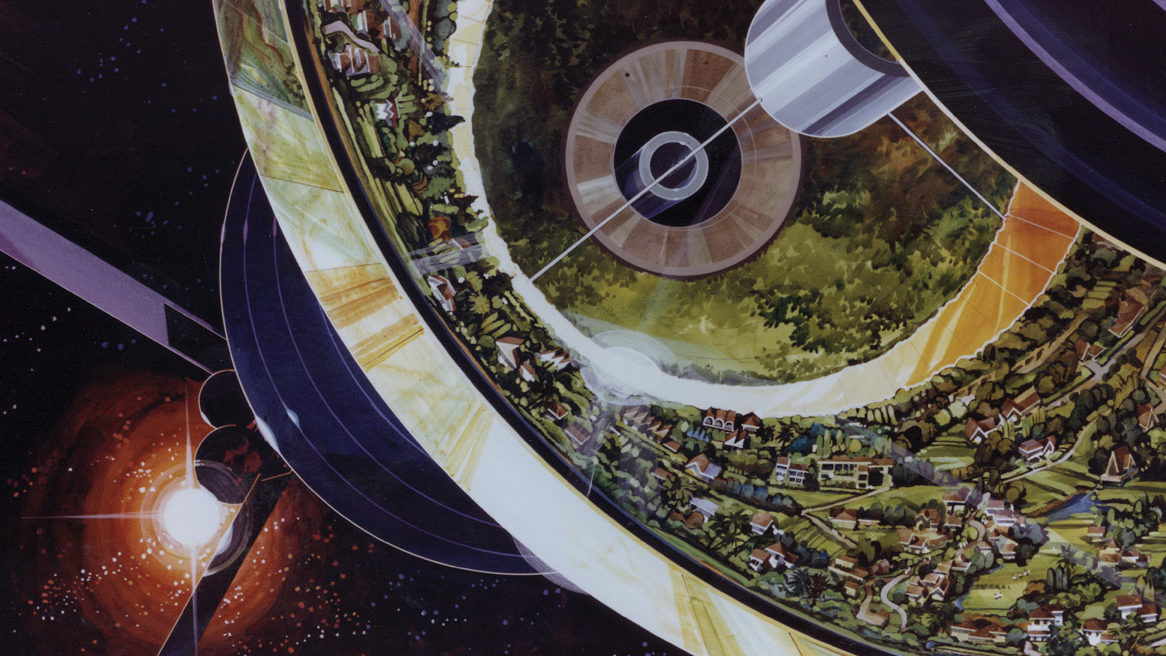1957-11-03 Sputnik 2
Sputnik 2 was launched on November 3rd, 1957 at 2:30 a.m. UTC on the Sputnik 8K71PS rocket from Baikonur Cosmodrome’s Site No. 1. Sputnik 2’s mission was to send the first animal to orbit – the dog Laika – and to monitor her vital signs to assess the possibility of sending humans to space. Since the payload would only be 508 kg and therefore lighter than the 1 ton Object D, which held more complicated scientific instruments, it preceded that payload. Object D would be launched on Sputnik 3.
The lightness of the payload also meant that Laika lacked sufficient thermal shielding to survive very long, and certainly there was no intention to deorbit Sputnik 2 in order to bring the dog back. In fact, there was no way for Sputnik 2 to separate from the core stage, so the full mass in orbit was 7.79 tons. While press releases originally said Laika lasted for a week in orbit, basing that either on oxygen supply depletion or loss of battery power, records revealed after the collapse of the Soviet Union indicated that she likely died in a few hours from the heat. She was provided with oxygen as well as food and water pellets. There was no camera in Sputnik 2, either, so any video of a dog in space was from another mission.
Laika had been chosen from ten dogs for her temperament. Prior to the mission, the Soviets also had experience launching dogs on other rockets that did not reach space.
The orbit for Sputnik 2 was 225 by 1671 kilometers with a 65 degree inclination, which was close to the intended orbit. The vessel deorbited on April 14, 1958 with Sputnik 2 still attached to the core stage. In contrast to the combined awe and fear that Sputnik 1 provoked, the reaction to Sputnik 2 was mostly marked by outrage about the cruelty to Laika, as well as some regret from the engineers about launching her without any intention of bringing her back. However, Laika will remain in the history books as the first animal launched to orbit.
Links:
